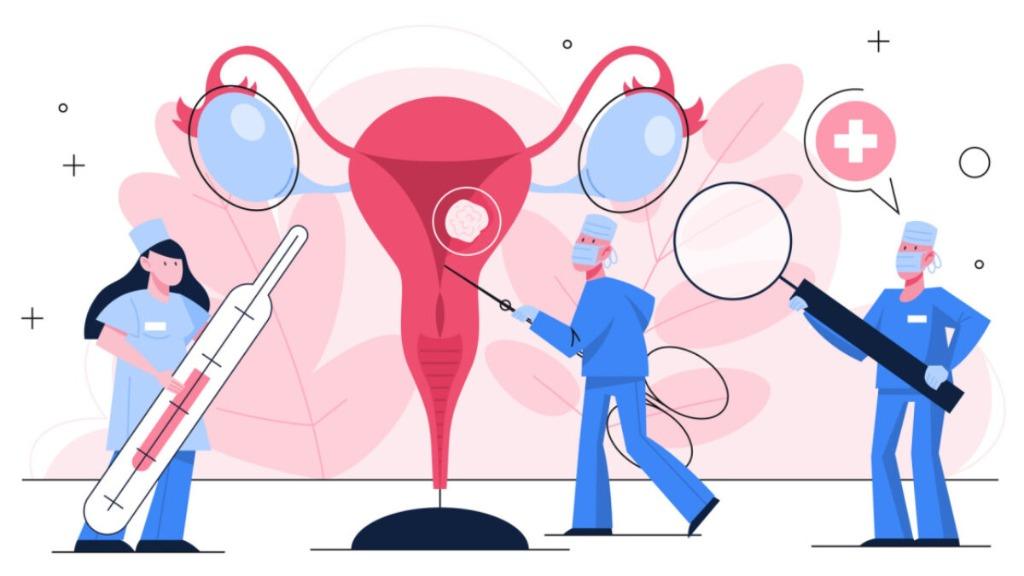Do you know that ovarian cancer is often diagnosed in a late stage, making it one of the most deadly gynecological cancers? Nevertheless, thanks to modern science, clinical tests are changing that story. Ovarian cancer tests provide the possibility of state-of-the-art treatment and the expansion and improvement of life.
In this article, we’ll dive into ovarian cancer trials, explore the process of joining one, review real-world success stories, and discuss the promising future of Research. Whether you are a patient, careful, or health professional, this guide will provide clarity and actionable insight.
Why Ovarian Cancer Tests
Traditional remedies such as chemotherapy and surgery are fundamental, but they are not always enough. Clinical tests test new drugs, immunotherapy, and targeted remedies, which are objectives:
- Expand the survival rate
- Improve the quality of life
- minimize side effects
Meet the needs
Ovarian cancer is difficult – there is no universal initial screening method, and symptoms often mimic benign conditions. Tests fill in intervals where the current treatment is low, especially for recurrent or resistant cases.
Major Benefits of Participating in Clinical Testing
- Access to innovative medicine: Treatment is not yet widely available.
- Comprehensive monitoring: Participants receive personal attention, close medical teams.
- Contribution to science: Help improve the results for future generations.
“Every clinical trial brings us one step closer to a cure. It’s how medicine evolves,” Says Dr. Hannah Clark, Oncologist and Clinical Researcher.
Step-by-Step Guide: How to Join an Ovarian Cancer Test
Step 1: Talk to your doctor
Discuss the eligibility depending on your type of cancer, phase, pre and health status.
Step 2: Search for tests
Resources to find tests:
- clinicaltrials.gov
- American Cancer Society
- National Institute of Cancer (NCI)
Step 3: Understand Protocol
Each test has a protocol outline:
- Treatment Schedule
- Possible side effects
- Essential tests and procedures
Step 4: Consent and Nomination
After reviewing all the details, you will sign an informed consent form. You can leave the test at any time, even after nomination.
Real World Case Study: Another Chance
53-year-old Jane Thompson revealed stage III ovarian cancer. After surgery and chemotherapy, her cancer recurred within a year. Her oncologist recommended testing II testing of a new PARP inhibitor (a targeted therapy).
Within 6 months:
- Tumor size reduced by 40%
- Side effects were manageable
- His emotional well-being improved
“It seemed that I was given another shot in life,” Jane misses.
Actionable Tips for Patients and Families
- Ask about molecular testing: Some tests target specific genetic mutations such as BRCA1 or BRCA2.
- Track your symptoms: For treatment, use a magazine or app to record how before and after.
- Join others: Support groups (online or in-person) can offer emotional guidance.
Common Mistakes to Avoid
1. Very long wait
Many tests have specific eligibility windows. Do not delay in discussing options with your care team.
2. Do not understand commitment
The tests may include more trips, travel, or tests. Explain the expectations quickly.
3. Local tests ignored
Not all tests require travel. University hospitals and regional cancer centers often host tests.
Future Trends in Ovarian Cancer Tests
1. Individual medicine
Genomic profiling is sewing treatment for individual tumor characteristics.
2. Immunotherapy
The therapy, which promotes the body’s immune response, like the checkpoint inhibitor, is showing promise.
3. Combination therapy
Tests are finding out how drugs work better in combination-such as PARP inhibitors with anti-angiogenics.
4. AI-Powered Test Match
The new platforms use artificial intelligence to match patients with the fastest relevant tests than ever.
Conclusions: Empowering Patients Through Knowledge
Clinical trials are not a last solution – they are a frontline option in the fight against ovarian cancer. With increasing innovation and more accessible options, patients have higher expectations than before.
Key Takeaways:
- Clinical tests provide access to the latest treatments
- Preliminary participation and research are important
- Real people are seeing real benefits
If you or a dear person is struggling with ovarian cancer, talk to your healthcare provider about clinical trials. Be informed, be hopeful, and remember: Every test paves the way for today’s success.
Ready to find more? To find a test, go to clinicaltrials.gov, which can change your story.




